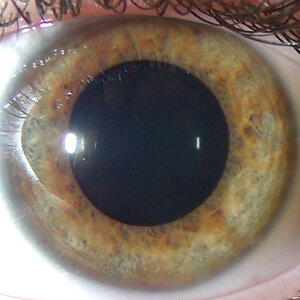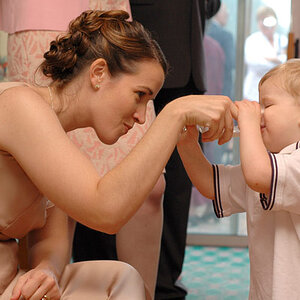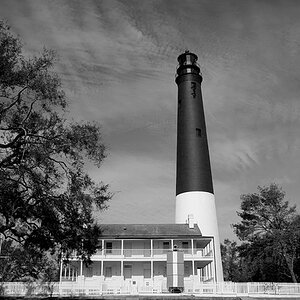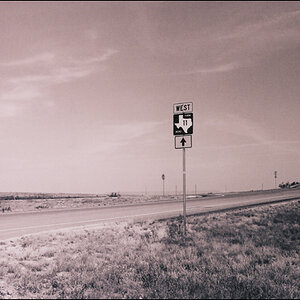markc
TPF Noob!
- Joined
- Mar 8, 2004
- Messages
- 4,237
- Reaction score
- 6
- Location
- Rochester, NY Velocity: Unknown
- Website
- www.markcarpenter.com
- Can others edit my Photos
- Photos NOT OK to edit
If you want to compare them all at the same PPI, then you would have:
3.1 MP = 4.8" x 7.25" @ 300 PPI.
4.1 MP = 5.5" x 8.25" @ 300 PPI.
10.2 MP = 9" x 13.5" @ 300 PPI.
3.1 MP = 4.8" x 7.25" @ 300 PPI.
4.1 MP = 5.5" x 8.25" @ 300 PPI.
10.2 MP = 9" x 13.5" @ 300 PPI.



![[No title]](/data/xfmg/thumbnail/40/40412-73276feced223de99c761fc2cc279db5.jpg?1619739461)


![[No title]](/data/xfmg/thumbnail/41/41922-e7a483d91c9d307d9bb8d6143d03889b.jpg?1619739944)




![[No title]](/data/xfmg/thumbnail/41/41923-ddfdc5596c5073ae69761e32124481cf.jpg?1619739945)

